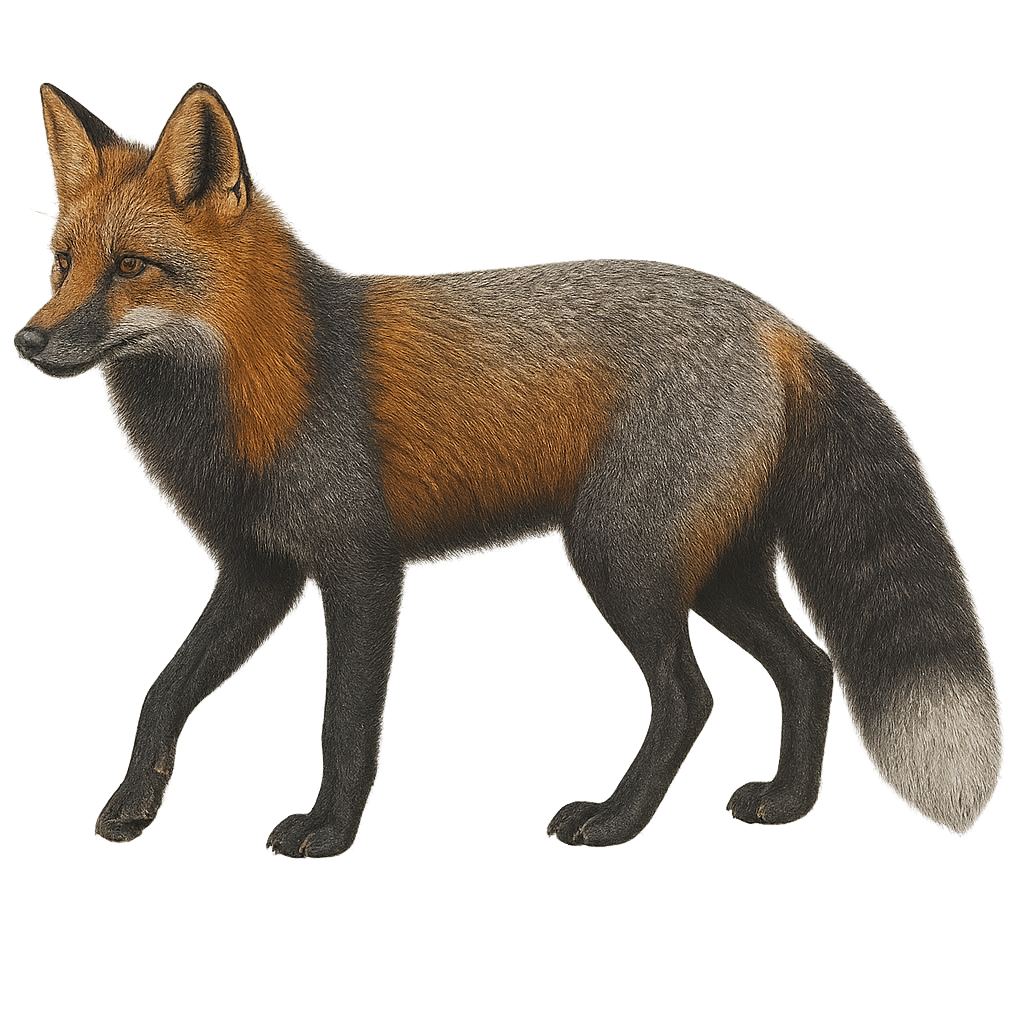Your wildlife photography guide.
Explore the alaskan red fox in detail, study its behavior, prepare your shots.
Where to observe and photograph the alaskan red fox in the wild
Learn where and when to spot the alaskan red fox in the wild, how to identify the species based on distinctive features, and what natural environments it inhabits. The WildlifePhotographer app offers tailored photography tips that reflect the alaskan red fox’s behavior, helping you capture better wildlife images. Explore the full species profile for key information including description, habitat, active periods, and approach techniques.
Alaskan Red Fox
Scientific name: Vulpes vulpes alascensis

IUCN Status: Least Concern
Family: CANIDAE
Group: Mammals
Sensitivity to human approach: Suspicious
Minimum approach distance: 10 m
Rut period: February to March
Gestation: 51-53 jours
Births: March to May
Habitat:
Forests, tundra, coastal areas
Activity period :
Mainly active at night, generally discreet during the day.
Identification and description:
The Vulpes vulpes alascensis, or Alaskan Red Fox, is a subspecies of the red fox found primarily in coastal and interior regions of Alaska. This fox is well adapted to cold climates, with a dense and thick coat that protects it from extreme temperatures. Its fur ranges from bright red to dark brown, with a characteristic bushy tail. An opportunistic feeder, it preys on small mammals, birds, insects, and occasionally fruits. Although primarily nocturnal, it can be seen at dawn and dusk. The Alaskan Red Fox is a solitary animal, except during the breeding season. It is known for its intelligence and ability to adapt to various environments, allowing it to survive in harsh conditions.
Recommended lens:
400 mm – adjust based on distance, desired framing (portrait or habitat), and approach conditions.
Photography tips:
To photograph the Alaskan Red Fox, it is advisable to use a telephoto lens of at least 400mm to capture detailed images from a distance without disturbing the animal. The best opportunities arise at dawn or dusk when the soft light highlights the texture of its fur. Be patient and discreet, wearing neutral-colored clothing to blend into the environment. A tripod can be useful for stabilizing the camera during low-light shots.
From knowledge to field practice
A species profile helps you understand an animal. In the field, the challenge is often different. Remembering your own observations.
The WildlifePhotographer app allows you to:
• record your personal observations
• note locations, dates, and behaviors
• revisit your field references over time
• build a private and long-term field logbook
The app does not provide observation locations.
It helps you organize what you actually observe, with respect for wildlife.

